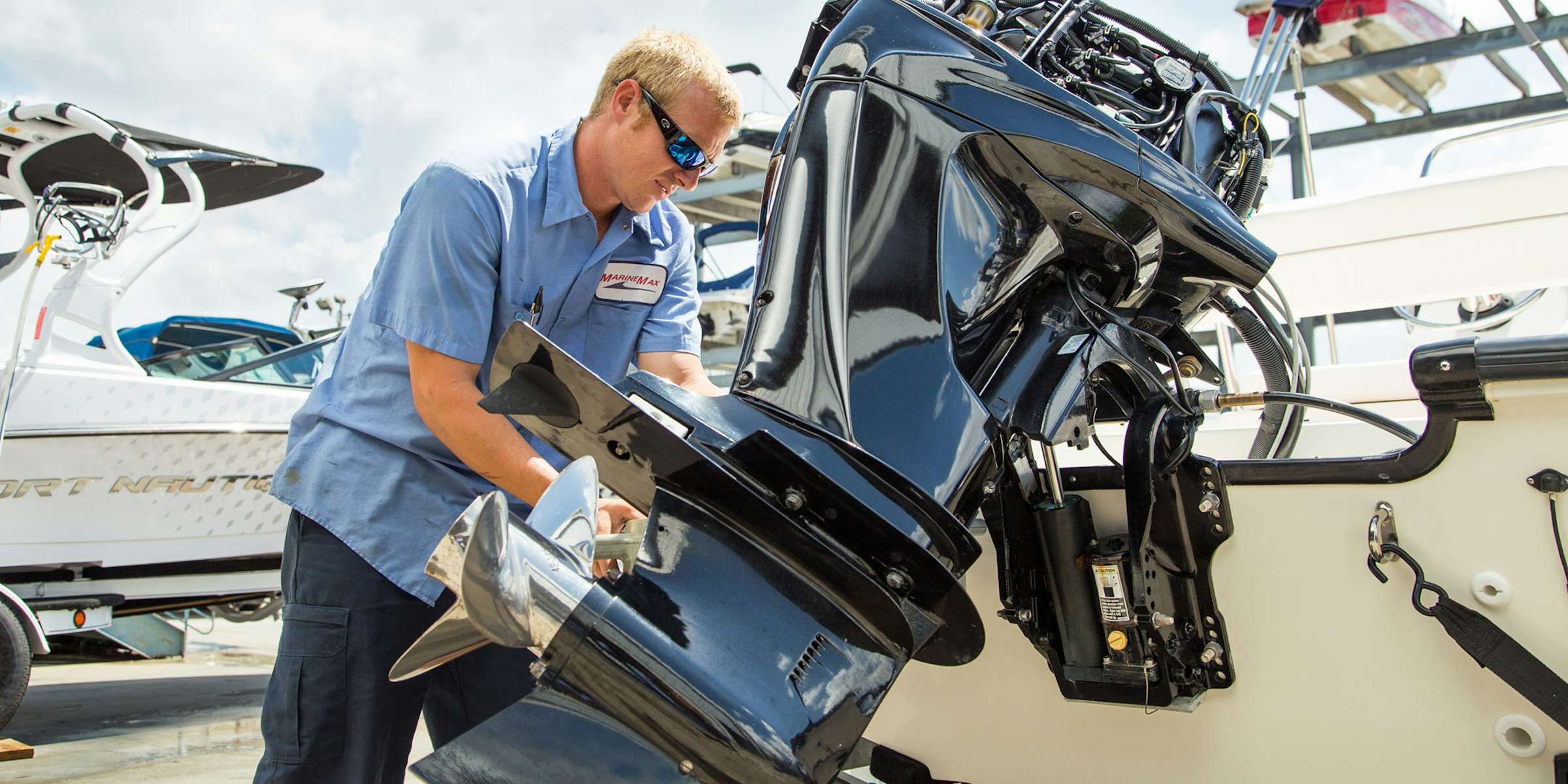
Caring for your outboard motor
Flush your engine, check your propeller, ensure fuel is fresh, and lube your inner steering cable…perhaps you already know what this pertains to?
These pointers, and more, relate to the required care of your outboard motor and come courtesy of Howick Marine
If you’re not sure where to start, here’s a checklist.
- Use your boat! You are not doing your motor any favours by leaving it idle for months at a time
- Flush your engine. After use, flush your outboard with fresh water for at least five minutes
- When running your engine make a habit of turning your steering and applying a light spray of lube oil over your inner steering cable
- If your battery is five years old or more, it’s probably time to replace it (it will deteriorate early if sitting around unused)
- Service your outboard annually, regardless of hours of use. If you skip a service, then at least replace your boat’s fuel filter/water separator
- Be prepared - carry some spares, like a spare key, an extra bung, and some two-stroke oil. A small tool kit, including cable ties, is always handy too
- Be mindful that fuel can deteriorate over time losing its octane rating. Keep topping your fuel tank up with fresh fuel (another reason to keep using your boat) If your fuel is more than a year old, drain your tank and replace your fuel
- Keep an eye on your propellor just in case it has been damaged without you realising. Even a small nick or bend of the blades can affect the performance and fuel economy
Caring for your outboard motor is a significant thing as far as boating maintenance goes, with many sage boating people offering advice. West Marine, for example, offers advice on what to do before and after every trip, and the regular maintenance list is a long one.
As well as including some of the pointers above, the regular maintenance list includes the following:
- Periodically check the fuel line for cracks and worn spots
- Make sure the fuel primer bulb is not cracked and is pliable
- Make sure the fuel line fittings sit properly and don’t leak
- Check the clamps on the fuel line for rust or corrosion
- Check the fuel tank(s) for damage and corrosion
- Check the tank vent to make sure it is free of obstructions
- Check regularly for water in the fuel (especially important with fuels containing ethanol alcohol)
- Lubricate the engine tilt and steering grease points every 100 hours or annually (whichever is less)
- Check for engine corrosion, and replace the sacrificial anodes if they are corroded more than 50 percent
- Clean the exterior with boat soap and apply a good wax job
- Change the engine oil and replace the oil filter
- Replace the water pump impeller every 300 hours of use, or every three years (more often if you use the engine in conditions where sand is drawn through the cooling system).
If the maintenance “to-do” list seems a tad long and arduous, then remember - as the team at Mercury Marine is quick to point out - that taking care of your outboard is key to maximising your time on the water. The Mercury Marine site includes tutorials covering, for example, how to clean your outboard water cowl, and how to flush your outboard motor of muddy or salt water.
The Discover Boating team, meanwhile, endorses the maintenance tips above, adding that you don’t have to be a mechanic to keep your outboard in tip-top shape.
“Preventive boat motor maintenance facilitates safe boating and can keep your motor reliable for a long time,” the Discover Boating website assures
Check out the Salt Water Sportsman website too. On that site, we’re introduced to some wisdom from spokespeople representing various outdoor motor dealerships. A case in point is, Yamaha Marine Product Information Manager David Meeler who shares the following…
“Some types of maintenance are ‘interval’ in nature, meaning it’s scheduled every so often depending on use. Most boaters are good with that part and often have their dealer take care of that for them, but many overlook the daily maintenance items that only they can do. Taking care of their fuel is one example. Another biggie is properly flushing their outboard with clean, fresh water after every use. It’s one of the single most important things they can do to ensure longevity and continued performance.”
And finally, of course, there is a course you can do, and of course, coastguard delivers! It covers the following modules:
- Basic principles & outboard components
- General systems overview: fuel and cooling systems, electrical and propellers
- Troubleshooting: spares and tools, and fault-finding
The course takes six hours. See here for more information or to book.